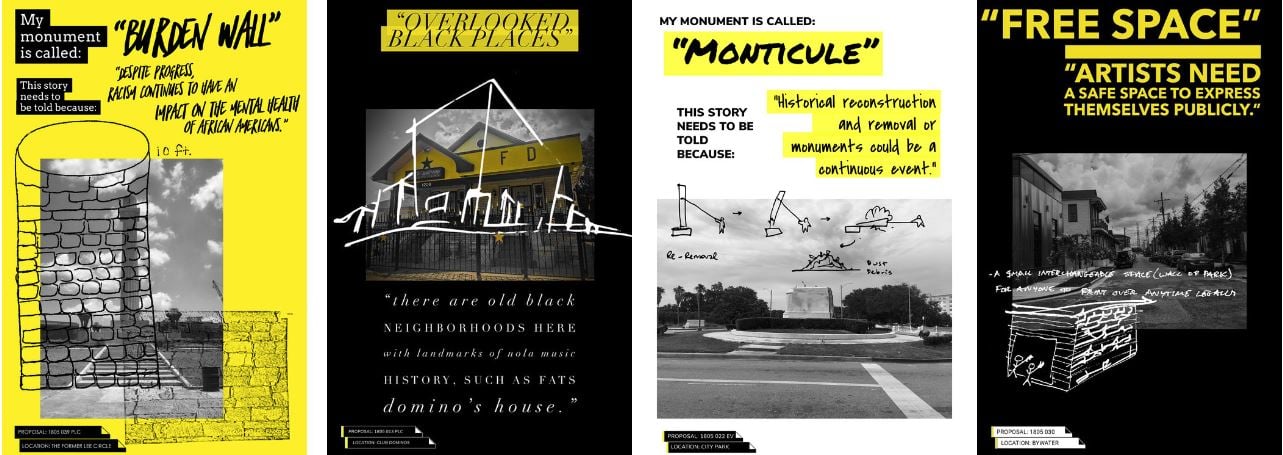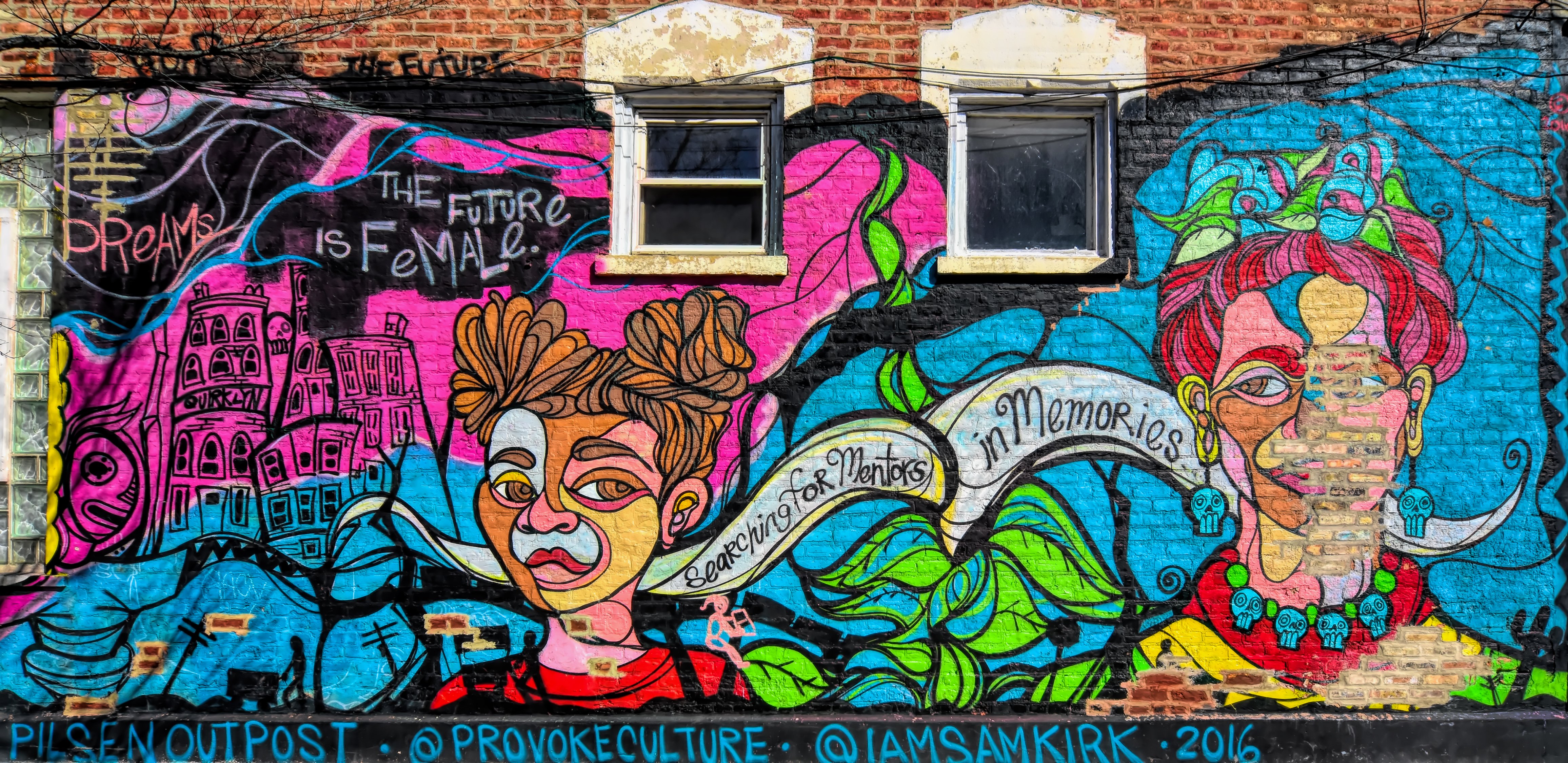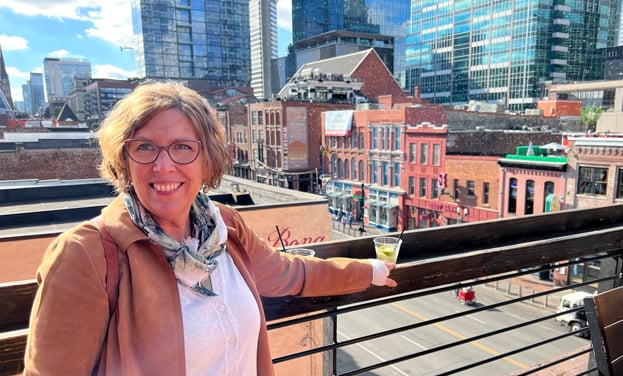By: Laura Meade
Architecture is thought of as a discipline that is removed from the political and social issues of our time, but a growing number of architects are challenging this notion, using their work to address issues of social justice and equity.
Our firm would like to celebrate Black History Month by calling attention to the work and legacy of several architects, organizations and museums. Laura Pirie is a member of The National Organization of Minority Architects (NOMA), whose platform Voices is for members and partners to share their perspectives on diversity, equity, and inclusion in the architecture profession. The program features podcasts, webinars, and other events that aim to promote dialogue, collaboration, and advocacy for underrepresented groups in the field of architecture.
The Smithsonian National Museum of African American History & Culture has a wonderful Collection Story celebrating five important African American architects. They have an initiative to expand their searchable art collection.
From Walter Hood's public parks and memorials known for their emphasis on community engagement and social justice to Sharon Sutton, FAIA's scholarship on race, gender, and social justice in architecture, a new generation of architects is making a case for the importance of activism in their field. For these architects, design is not just about aesthetics or function, but about creating spaces that promote inclusivity, access, and empowerment.
 Image Credit: Paper Monuments, Colloqate
Image Credit: Paper Monuments, Colloqate
Designer Bryan Lee Jr. and architect Sekou Cooke are taking this a step further, using their skills to create projects that directly address issues of racial and social inequality. Bryan Lee Jr.'s firm Colloqate Design, a multidisciplinary practice focusing on social justice and community empowerment, created Paper Monuments, a public art and history project designed to elevate the voices of people in New Orleans. Sekou Cooke's book Hip-Hop Architecture written about his revolutionary program, Hip-Hop Architecture Camp, which engages young people in the design of their own communities, is an example of how architects can use their expertise to create projects that reflect the needs and aspirations of the communities they serve.
At a time when the built environment is becoming increasingly privatized and unequal, the importance of activism in architecture cannot be overstated. Communities continue to face issues of displacement, environmental and racial injustice, and economic inequality. Architects have a responsibility to create spaces reflecting the needs and aspirations of those who live there. As more architects embrace this mission, we can look forward to a future where design serves the needs of all people, regardless of background or circumstance.
Click here for a list of local Black History Month events from the CT Land Conservation Council
Top Image Credit: Pin from the National Association of Coloured Women’s Club (NACWC) from The Smithsonian National Museum of African American History & Culture





